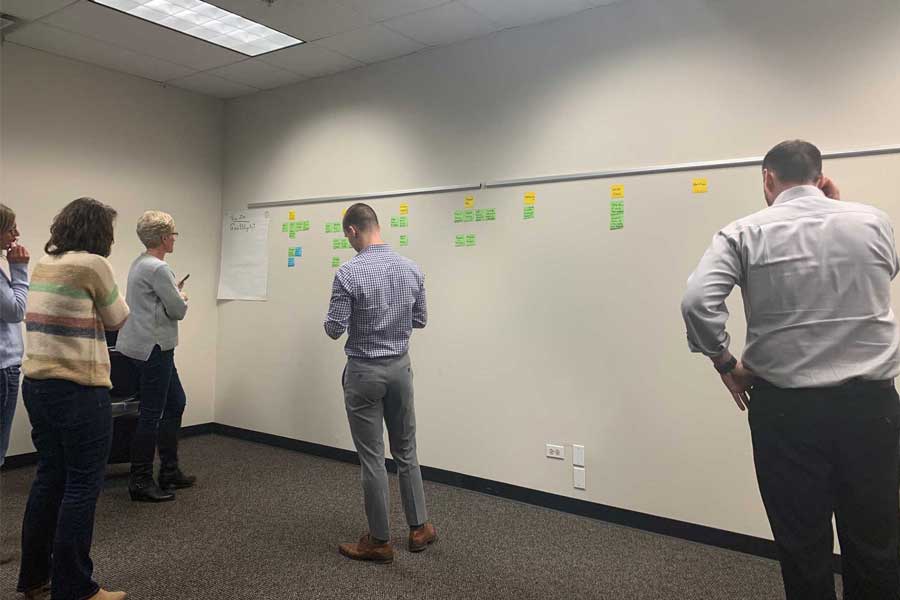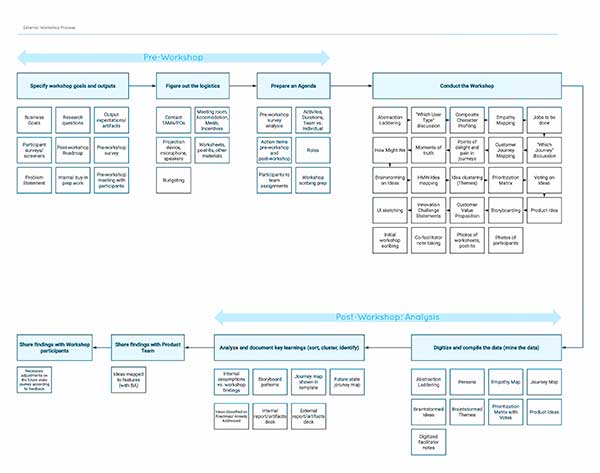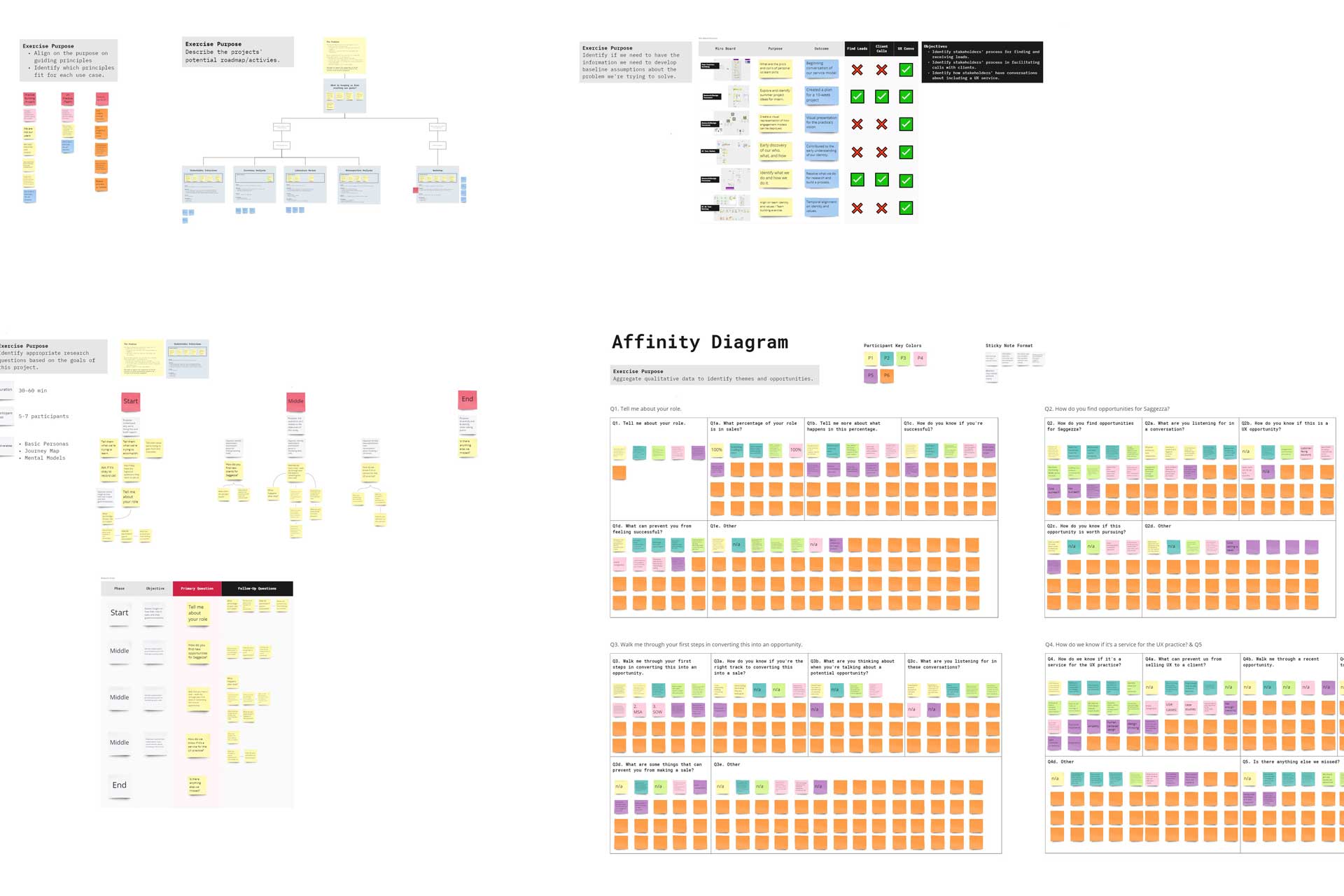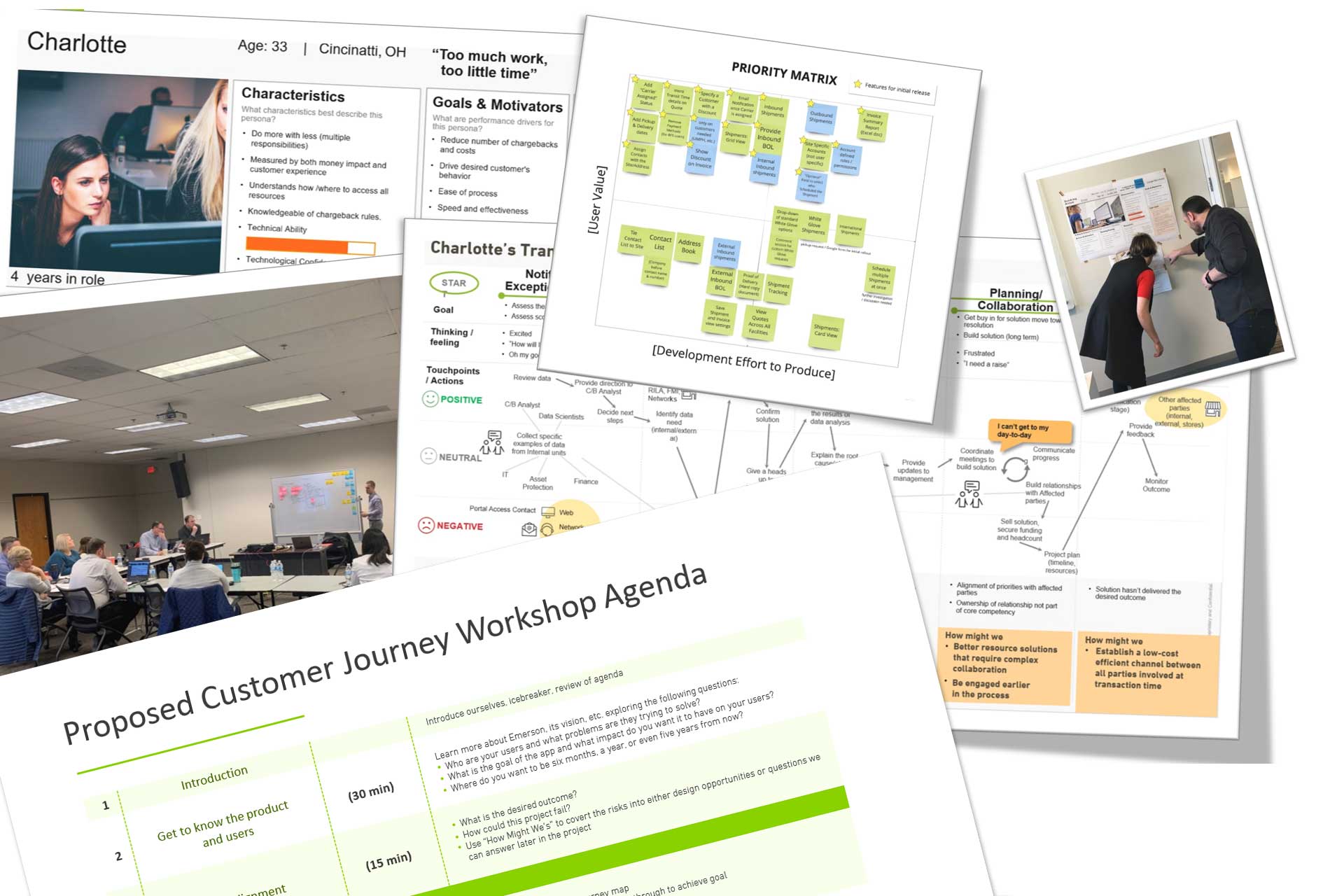Workshops

Many organizations say they are customer-focused, but are they really? Are they delivering the right products and services to their customers? Do they understand what end-users need versus what they want? Do they really know their audience and their journeys?
And what about the product teams? Do they know who their competition is and if what they're building is better? Are they aligned not just on how to build the product, but why?
I plan and run workshops that answer these questions.


